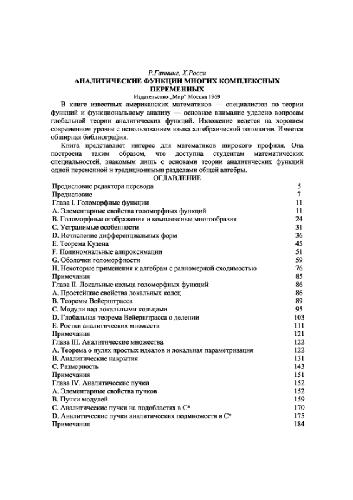- 2 402 202 книги
- Поиск
libcats.org








Iran, Hizbullah, Hamas and the Global Jihad: A New Conflict Paradigm for the West
Dr. Dore Gold; Lt. Gen. (Ret.) Moshe Yaalon; Brig. Gen. (Ret.) Dr. Shimon Shapira; Daniel Diker; Uzi Rubin; Dr. Martin Kramer; Lt. Col. (Res.) Jonathan D. HaleviThe Middle East has undergone revolutionary changes in the last few years. For most of the 1990s it was the conventional wisdom that the key to regional stability was to be found in the resolution of the Arab-Israeli conflict and, as a result, Western diplomatic energies were primarily focused on that area. Now radical Islam is gaining strength among the Palestinians with the victory of Hamas in the 2006 parliamentary elections of the Palestinian Authority. Hamas and its allies completely reject a negotiated solution to the Arab-Israeli conflict and align themselves with jihadi organizations across the region. As a result, the Arab-Israeli conflict has become increasingly a part of the much larger struggle between radical Islam and the West. At the same time, Iran is more determined than ever to achieve regional hegemony. Indeed, the Sunni-Shiite rivalry is likely to emerge as the central axis of conflict in the Middle East in the years to come. Given this new strategic context, the U.S. and its Western allies have enormous leverage with the threatened Sunni Arab states. As a consequence, the West does not have to pay for their cooperation in Israeli coin. The book includes top quality pictures and maps
Скачать книгу бесплатно (pdf, 2.23 Mb)
Читать «Iran, Hizbullah, Hamas and the Global Jihad: A New Conflict Paradigm for the West»
Читать «Iran, Hizbullah, Hamas and the Global Jihad: A New Conflict Paradigm for the West»
EPUB | FB2 | MOBI | TXT | RTF
* Конвертация файла может нарушить форматирование оригинала. По-возможности скачивайте файл в оригинальном формате.
Популярные книги за неделю:

Проектирование и строительство. Дом, квартира, сад
Автор: Петер Нойферт, Автор: Людвиг Нефф
Размер книги: 20.83 Mb

Система упражнений по развитию способностей человека (Практическое пособие)
Автор: Петров Аркадий НаумовичКатегория: Путь к себе
Размер книги: 818 Kb

Сотворение мира (3-х томник)
Автор: Петров Аркадий НаумовичКатегория: Путь к себе
Размер книги: 817 Kb

Радиолюбительские схемы на ИС типа 555
Автор: Трейстер Р.Категория: Электротехника и связь
Размер книги: 13.64 Mb
Только что пользователи скачали эти книги:

Аналитические функции многих комплексных переменных
Автор: Ганнинг Р., Автор: Росси Х.
Размер книги: 4.08 Mb

Инвестиционная деятельность предприятий в условиях глобализации (на матер. предприятий Респ. Казахстан)(Автореферат)
Автор: Бертаев Т.Е.Категория: Диссертации авторефераты
Размер книги: 689 Kb

Iterative Learning Control: Robustness and Monotonic Convergence for Interval Systems (Communications and Control Engineering)
Автор: Hyo-Sung Ahn, Автор: Kevin L. Moore, Автор: YangQuan ChenКатегория: Техника
Размер книги: 1.76 Mb

Estasia 2. Il Sigillo Del Triadema
Автор: Falconi FrancescoКатегория: fiction
Размер книги: 1.49 Mb







